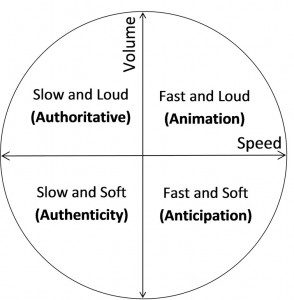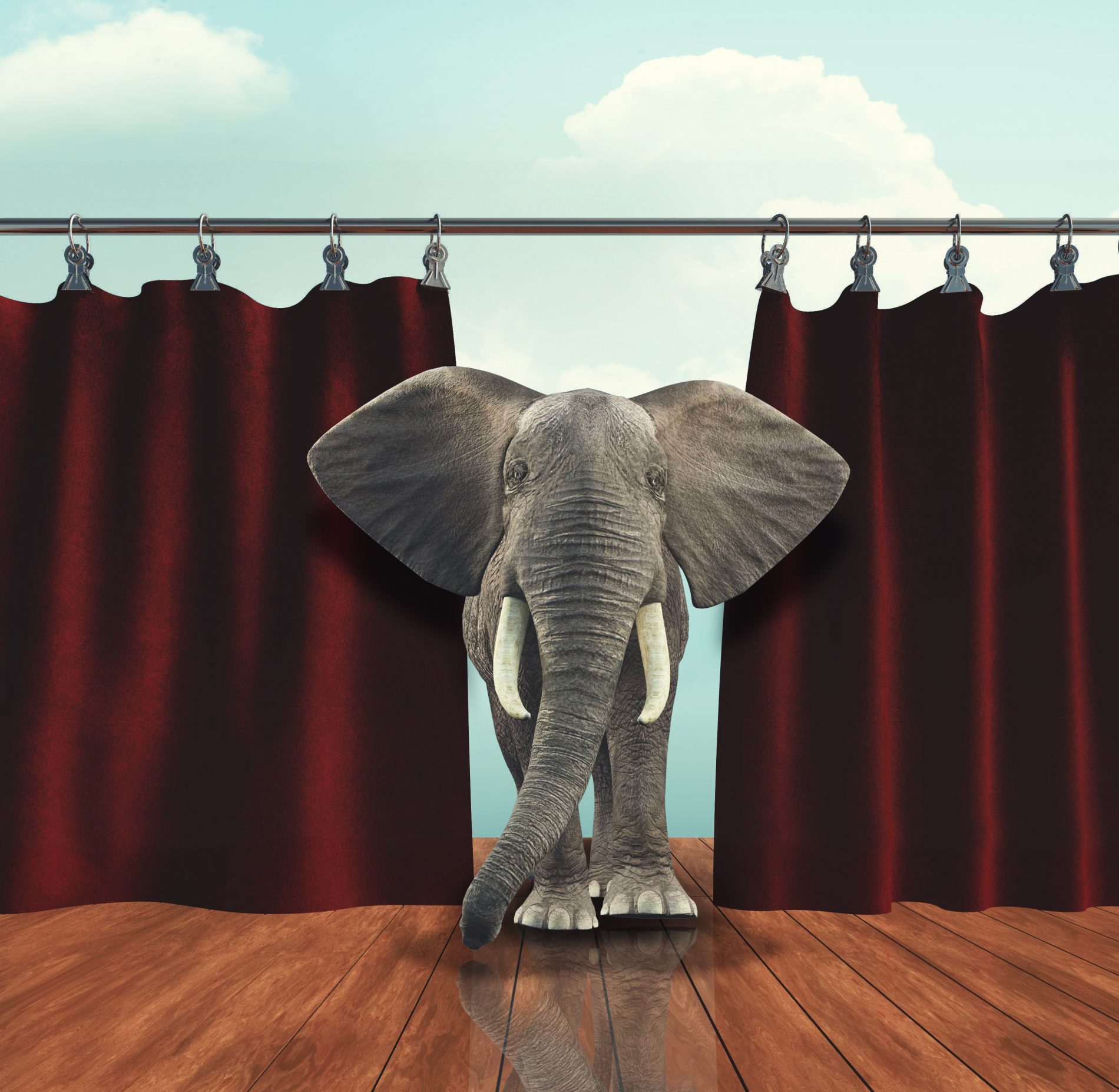What is Your Vocal Variety Saying About You?
What is Vocal Variety?
Vocal Variety is a term used by many speakers to describe variations in the sounds created by speaking. Other terms for this are inflection, expression or prosody.
Vocal Variety is generally thought to be good. It creates interest and helps a speaker to have more influence over the audience. Toastmasters has a vocal variety speech in their training. They describe effective use of Vocal Variety in this way: “An effective vocal variety speech is a speech where you convey your emotions through your voice to your audience.”
How is Vocal Variety Created?
Here are five aspects of sound that create vocal variety:
- Cadence: The way you end a sentence. Variety is found in open versus closed cadence.
- Speed: The pace at which you speak. Variety is found in fast versus slow pace.
- Volume: Variety is created by contrasting loudness and softness of speech.
- Pitch: Variety is created by using more range in your speaking voice. Every sound you make has a pitch.
- Duration: Variety is created by accentuating or varying the length of the sounds created. (See example below.)
How Expression Creates Meaning
You can probably see that there is a difference between speaking slowly and speaking quickly, and that speakers use speed in different ways. For example, if I tell you to pick up the pace of your delivery, you probably assume I want you to speak faster. Actors use vowel sounds to draw out the duration of sound and consonants, such as “t” to cut sounds short. To hear variety in duration, do the following:
- Say “long” and elongate the vowel sound to illustrate the meaning of the word.
- In contrast, say “short” and abbreviate the vowel sound and punch the “t” to illustrate the meaning of that word.
This example shows how many of our words are already expressing their meaning when we speak. True vocal variety is the use of vocal sounds to infuse meaning into all words. It starts with the recognition that every sound you make creates an impression on others. I call this your vocal image.
How Vocal Variety Creates More Meaning
What really makes this interesting to me is the infinite variety created by combining different aspects of sound.
A recent post by Cal Habig suggests the use of a quadrant diagram (as modeled by Rory Vaden) to better understand vocal variety. This illustrates how we can combine attributes to create a vocal image (though he doesn’t call it a vocal image.) Cal discusses only two aspects of sound: volume and pace (speed). The quadrant contains a personality characteristic/quality of expression for each combination in the quadrant. Here is his chart:
What’s wrong with this model?
I completely agree that attributes of sound give us perceptions of the speaker and that the perceptions may change as we combine the attributes in different ways, hence creating vocal variety. Here’s where I want to challenge you, my readers, and respectfully disagree with Cal’s post and even with the responses of his readers. I am not convinced that every time a speaker speaks slowly and softly that they are perceived as authentic. A person who is afraid may also speak slowly and softly or fast and softly. However, it is absolutely true that the sound you create gives a perception to your listener.
How to Use Vocal Variety to be a Better Speaker
Use this information from this quadrant to increase your awareness of your “bag of tricks,” the tools you have to make yourself heard as a speaker. Ask yourself, “what is the impression I give when I speak slowly and softly, or loud and fast, with short and long vowels and consonants? Is it negative or positive, and how can I use that combination of attributes to create more interest and also to create the impression I want?” Listen to other speakers as well or actors in films. How do they use vocal variety to express emotions? What vocal image is conveyed by the patterns of sound each person creates?
You may also want to read:
- Breathing: Your Seductive Key to Vocal Variety on the Six Minutes blog
- Five Colors for Vibrant Vocal Variety
Connect with us on LinkedIn
Connect with the author on LinkedIn
ID 128711115 © Tomert | Dreamstime.com






